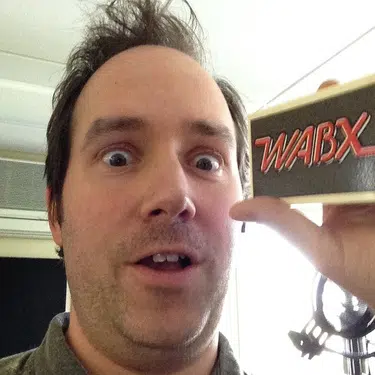By Dietrich Knauth
(Reuters) – U.S. cryptocurrency lender BlockFi on Tuesday will make its first appearance in U.S. bankruptcy court after filing for Chapter 11 protection on Monday.
BlockFi is expected to tell U.S. Bankruptcy Judge Michael Kaplan in Trenton, New Jersey why it went bankrupt and how it plans to exit from Chapter 11. It has asked Kaplan for authority to continue paying employees, maintain bank accounts, and other measures needed to continue its day-to-day operations during its bankruptcy case.
New Jersey-based BlockFi became the first direct casualty of crypto exchange FTX’s collapse earlier this month.
Founded by fintech executive-turned-crypto entrepreneur Zac Prince, the company said its bankruptcy stemmed from its substantial exposure to FTX and broader turmoil in crypto markets.
FTX had extended a $400 million lifeline to BlockFi in July, but the Bahamas-based exchange spectacularly imploded just days after BlockFi asked it for additional financing on Nov. 8.
Earlier in November, BlockFi paused withdrawals from its platform amid uncertainty about FTX’s stability.
FTX and BlockFi did not immediately respond to a request for comment Monday.
In a court filing on Monday, BlockFi said it owes money to more than 100,000 creditors. It listed FTX as its second-largest creditor, with $275 million owed on a loan issued earlier this year.
BlockFi’s largest creditor is Ankura Trust, which is owed $729 million. It also owes $30 million to the U.S. Securities and Exchange Commission after agreeing to a record $100 million penalty earlier this year. Valar Ventures, a Peter Thiel-linked venture capital fund, owns 19% of BlockFi equity shares.
BlockFi listed its assets and liabilities as being between $1 billion and $10 billion. The company sold a portion of its crypto assets earlier in November to fund its bankruptcy, and it entered bankruptcy with $256.5 million in cash on hand.
Two of BlockFi’s largest competitors, Celsius Network and Voyager Digital, filed for bankruptcy in July citing extreme market conditions that had resulted in losses at both companies.
BlockFi said it too suffered during that period of volatility, but the FTX loan had helped keep it afloat while its rivals went bankrupt.
BlockFi has proposed an initial restructuring plan that offers two paths out of bankruptcy.
BlockFi’s Chapter 11 plan envisages that BlockFi Wallet customers would be paid back in full and other account holders and creditors would receive a mixture of cryptocurrency, cash, and new equity shares.
The plan also includes an option for a sale of the company.
(Reporting by Dietrich Knauth, Editing by Alexia Garamfalvi and Chris Reese)





